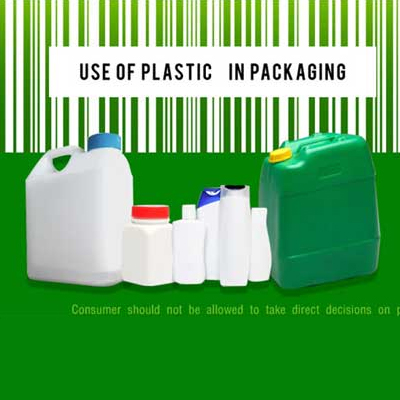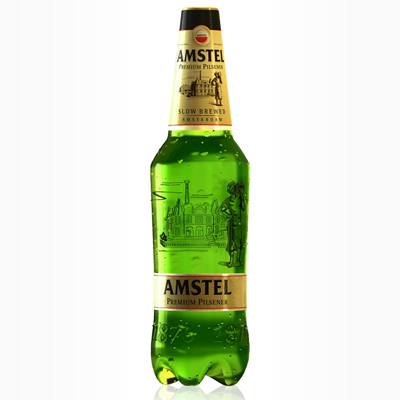How To Use Packaging Solutions To Enhance Freshness And Shelf Life Extension In Food?

Packaging is a critical element in the food industry, playing a pivotal role in preserving freshness and extending the shelf life of various products. Effective packaging serves as a protective barrier against external factors such as air, light, moisture, and contaminants, which can otherwise contribute to spoilage and deterioration of food items. To achieve optimal freshness and shelf life extension, several packaging solutions and strategies are employed:
Modified Atmosphere Packaging (MAP):
Modified Atmosphere Packaging is a sophisticated preservation technique that involves adjusting the gas composition within a package. This method typically includes reducing oxygen levels and increasing nitrogen or carbon dioxide. By doing so, MAP inhibits oxidative reactions and microbial growth, creating a controlled atmospheric environment that effectively preserves the freshness of the food.
Vacuum Packaging:
Vacuum packaging is a method where air is removed from the package, reducing oxygen levels around the food. This vacuum creation inhibits the growth of aerobic bacteria, slowing down spoilage. Particularly effective for meat, fish, and certain dairy products, vacuum packaging helps maintain the freshness of these items by creating an oxygen-free environment.
Barrier Films:
Impermeable barrier films act as a protective shield, preventing the ingress of gases and moisture. By creating a barrier against external elements, these films preserve food quality by averting moisture loss and maintaining the desired atmosphere within the package. This is crucial for products sensitive to environmental factors.
Antimicrobial Packaging:
Antimicrobial packaging involves incorporating agents into the packaging material to inhibit the growth of bacteria, mold, and yeast. This is especially beneficial for perishable items like fresh produce and meats, as it helps extend shelf life by preventing microbial spoilage and maintaining product integrity.
Temperature-Controlled Packaging:
For temperature-sensitive foods such as frozen or refrigerated items, insulated packaging with thermal properties is essential. This helps maintain the required temperature, preventing fluctuations that could lead to spoilage. It ensures that the product remains fresh throughout storage and transportation.
Smart Packaging:
Smart packaging integrates sensors and indicators that provide real-time information about the condition of the food. This includes features like temperature monitoring, freshness indicators, and time-temperature indicators. By empowering consumers and retailers to monitor food quality throughout its lifecycle, smart packaging contributes to enhanced freshness.
Reclosable Packaging:
Packaging with resealable features allows consumers to seal the package after opening, reducing exposure to air and helping maintain freshness. This feature is commonly found in products like snacks, deli meats, and cheese, enhancing convenience for consumers.
Light-Blocking Packaging:
Light-blocking packaging is crucial for foods sensitive to light. By using materials that obstruct light, this packaging prevents the degradation of vitamins and off-flavors, preserving the quality of light-sensitive products such as oils, beverages, and certain spices.
Quality Printing and Labeling:
Clear and accurate printing and labeling provide consumers with essential information, including storage instructions and expiration dates. This helps consumers handle products properly, maximizing freshness and overall product quality.
Packaging Design:
Packaging design should be tailored to meet the specific needs of the food product. It should not only provide ample protection but also be user-friendly for consumers. The design should strike a balance between functionality and aesthetic appeal, contributing to both product safety and a positive consumer experience.
In conclusion, the effectiveness of packaging solutions depends on the unique characteristics of the food product, its intended shelf life, and the environmental conditions during storage and transportation. Collaboration with packaging experts and thorough testing is crucial in determining the most suitable packaging solution for a particular food item.









